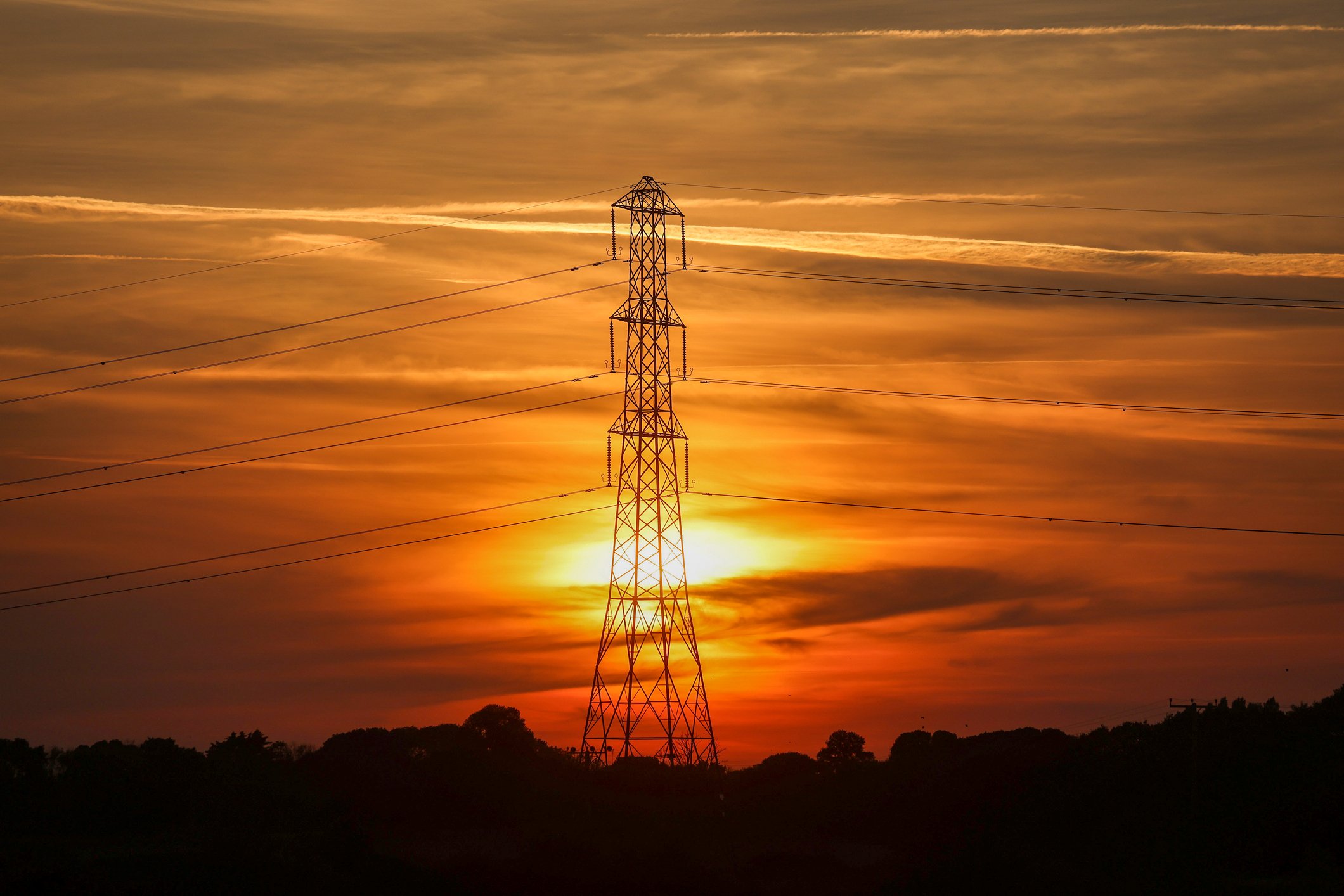Australia’s Energy Crisis: What You Need to Know
Australia’s Energy Crisis: What You Need to Know
Compare Electricity & Gas Plans
Save time and effort by comparing a range of energy plans with iSelect
Why is Australia in an energy crisis?
Why are energy prices so high right now?
How much higher will energy prices get?
Is the energy crisis just happening in Australia?
When will the energy crisis end?
Why is Australia in an energy crisis?
An energy crisis happens when the demand for energy is greater than the supply (known as shortfall). This can then lead to interruptions in supply and increased costs for everybody. How Australia ended up in an energy crisis is the result of a perfect storm of factors, including:
The war in Ukraine. Because of the ongoing war, many governments around the world have stopped trading with Russia.1Victoria State Government – What’s happening in the energy market? It’s been estimated that this one factor is responsible for 90% of electricity price rises across the world.2The Hon Chris Bowen MP, Minister for Climate Change and Energy – Joint media release: Default Market Offer confirms Government action working to shield from the worst of global energy price crisis This is because, until now, Russia has been a major player in the world’s energy markets. Prior to invading Ukraine, it was one of the top exporters of liquid natural gas (LNG) but their LNG exports more than halved in 2022.3Department of Industry, Science and Resources – Resources and Energy Quarterly: June 2023, p78 Removing Russian gas from the world energy equation unfortunately means that access to this natural resource just got pricier.
A lot of Australia’s gas and coal are being exported. With Russia out of the picture, Australia has become the top exporter of LNG gas.4As above, p70 However, there are worries that we might see shortfalls at home if producers don’t set aside additional supplies for Australia’s own use. There may even be a case where southern states will need to get gas from Queensland to avoid a shortfall in 2024.5Australian Competition and Consumer Commission – The new Gas Market Code: industry’s responsibilities and the ACCC’s role speech Add to this equation that Australia exports the majority of its coal6Geoscience Australia – Coal and with international fuel prices so high, it’s worth more for producers to export rather than keep it for the domestic market.7Australian Energy Regulator – State of the energy market 2022, p7 Throw in bad weather reducing how much coal could be mined and supply chain issues affecting transportation to plants,8As above and what have you got? A serious energy crisis.
Some of our coal power plants are getting old. Just like we start to find things get a little harder as we age, our aging coal power plants are becoming less reliable. This means possibly more unexpected power outages. Unfortunately, despite maintenance and investments, this issue is expected to only get worse too.9Australian Energy Market Operator – 2023 Electricity Statement of Opportunities, p52 Plus some coal power plants are being prepared to be closed altogether over the next 6 years, so maintenance may not be the highest priority.10Australian Energy Regulator – State of the energy market 2022, p53 Put it altogether and you find an increase demand for gas-generated electricity that drives prices right up.
Why are energy prices so high right now?
All these factors mean that Energy Retailers are having to pay a higher wholesale price for electricity. In the first quarter of 2022 — with the energy crisis well underway — wholesale electricity prices increased by 141% compared to the same time in 2021.11Australian Energy Market Operator – Electricity prices driven by outages and higher generation costs in volatile March quarter As of October 2023, things have started to ease a little bit since the initial shock of the energy crisis is fading and strategies to manage it have started to gain ground. However, those wholesale prices are still shifting around and have yet to drop back to pre-crisis levels as of October 2023.12Australian Energy Market Operator – Less volatility contributes to lower electricity prices in June quarter At the end of the day, higher wholesale prices for retailers then mean higher retail prices for customers like you, so that’s why those higher power bills are still sticking around.
But Australian consumers aren’t having to survive this crisis on their own. In December 2022, to help take some of the sting out of predicted price rises, the Federal Government capped both coal and gas prices.13The Hon Chris Bowen MP, Minister for Climate Change and Energy – Joint media release: Default Market Offer confirms Government action working to shield from the worst of global energy price crisis Additionally, $3 billion was released for direct relief to vulnerable households and small businesses.14As above You might have even received some of it yourself, depending on which state or territory you live in. Of course, these measures can’t entirely turn things around and we’ll all have to continue to weather this storm as best we can. If you haven’t already, there are some tips you can follow that may help you save on your electricity bill, as well as get into some good energy-efficient habits.
How much higher will energy prices get?
If you lie awake at night worrying about your power bill, you’re not alone. In fact, 52% of Australian households in 2023 are more worried about paying their power bill than they were in 2022.15Australian Energy Regulator – Australian Energy Week 2023: AER Chair: Clare Savage speech – Protecting consumers through the energy transition Thankfully though, regulated prices like the Default Market Offer (DMO) and the Victorian Default Offer (VDO) can provide a little more clarity and security to help you sleep a little easier. These are the maximum prices Energy Retailers can charge their customers for standing offers.
The 2023–24 DMO, which came into effect at the start of July 2023, applies to households in New South Wales, South-East Queensland and South Australia. Depending on where you live and what tariffs are on your plan, you may have seen an increase between 20.7% to 24.9% on your electricity bill, which could add anywhere from $315 to $594 to your annual bills.16Australian Energy Regulator – Final determination – Default market offer prices 2023–24 – Fact Sheet, p2
If you live in Victoria, it’s the VDO you want to pay attention to. Set by the Essential Services Commission (ESC), the 2023–24 VDO saw a 25% price increase for Victorian residential and small business customers from 1 July 2023.17Essential Services Commission – Victorian Default Offer 2023-24 final decision fact sheet, p3 This equates to an average annual increase of $352 for Victorian residential customers and $752 for small business customers.18As above.
While the DMO and VDO only apply to standing offer contracts, they can be useful for comparing market offer contracts from different Energy Retailers.19Australian Energy Regulator – Other retail roles, 20Essential Services Commission – Victorian Default Offer Where the DMO or VDO applies, retailers need to include a comparison percentage on their market offers to make it extra easy to see how various offers measure up.21Australian Energy Regulator – Other retail roles, 22Essential Services Commission – Victorian Default Offer So, even if you aren’t currently on a standing offer contract, the DMO or VDO may give you an idea of what to expect across your electricity bills. Alternatively, they might tell you that it’s time to find a new Electricity Plan.
Is the energy crisis just happening in Australia?
No, this is a global issue that’s being felt around the world.23International Energy Agency – Global Energy Crisis But different countries may be affected in their own ways depending on their policies and energy reserves, amongst other factors. While it’s nice to know we aren’t alone, we’d love if the world could come together in a less stressful way!
When will the energy crisis end?
Unfortunately, the energy crisis didn’t come with an expiry date. But there are some positive developments that could mean the worst is behind us. For instance, did you know that worldwide renewable power capacity increased roughly a quarter in 2022?24International Energy Agency – Where things stand in the global energy crisis one year on The global energy crisis has been a wake-up call for many countries about their energy security, and focusing on renewable alternatives is one way to handle this.
Things get even better when you zoom in on Australia. Across the country, renewables accounted for 32% of the electricity generated throughout 2022, growing 3% on the previous year.25energy.gov.au – Electricity generation There are also some Federal Government-led initiatives that may help see this number rise further too, including Powering Australia26energy.gov.au – Powering Australia and Rewiring the Nation.27Department of Climate Change, Energy, the Environment and Water – Rewiring the Nation So while the crisis may not be over just yet, there could be a rainbow at the end of this storm.

.svg)






